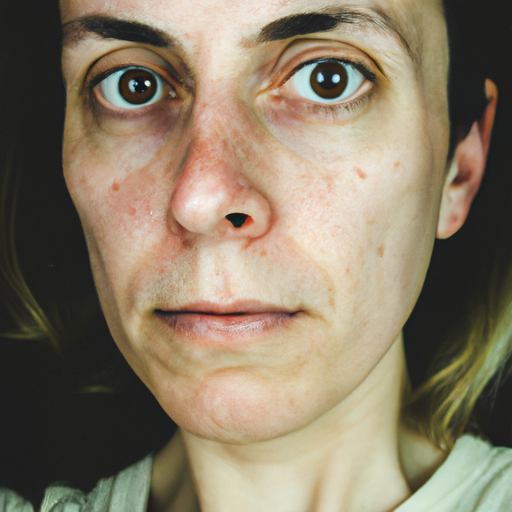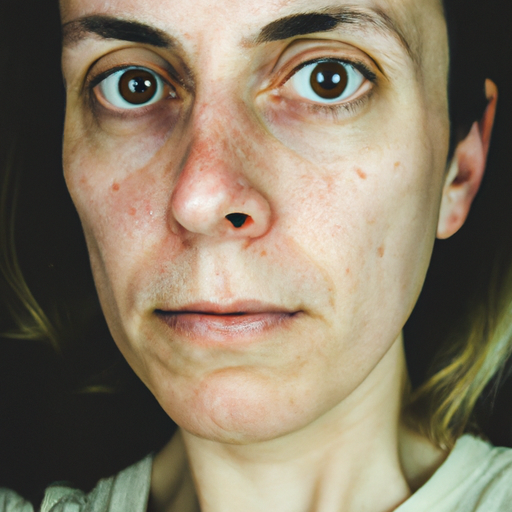Exfoliation is an integral part of any comprehensive skincare routine. It is a process that involves the removal of dead skin cells, which can clog pores and cause a dull complexion. Mastering the art of exfoliation can lead to radiant, healthy-looking skin. This article aims to unveil the secrets of skin exfoliation, providing a guide to achieving that coveted glow.
Firstly, it’s important to understand the two types of exfoliation: physical and chemical. Physical exfoliation uses small granules or a brush to manually remove dead skin cells. This method can be effective but needs to be done gently to avoid damaging the skin. On the other hand, chemical exfoliation uses acids or enzymes to dissolve dead skin cells. Alpha hydroxy acids (AHAs), beta hydroxy acids (BHAs), and retinoids are common ingredients in chemical exfoliants.
Choosing between physical and chemical exfoliation depends on your skin type and sensitivity. Those with sensitive skin may find chemical exfoliants too harsh and may benefit more from a gentle physical exfoliant. Conversely, those with oily or acne-prone skin may find BHAs particularly beneficial as they penetrate deeper into the pores.
Regardless of the type of exfoliation you choose, it’s crucial to do it correctly. Over-exfoliation can lead to redness, irritation, and even breakouts. As a rule of thumb, start with once or twice a week and observe how your skin responds. If your skin tolerates it well, you can gradually increase the frequency.
When it comes to the actual process of exfoliating, always ensure your skin is clean. Apply your chosen exfoliant in a gentle, circular motion if using a physical product, or follow the instructions if using a chemical one. Rinse thoroughly and follow up with a moisturizer to rehydrate your skin.
It’s also important to note that exfoliation can make your skin more susceptible to sun damage. Therefore, always apply a broad-spectrum sunscreen during the day, even if you only exfoliate at night.
Moreover, while exfoliation can improve the appearance of your skin, it’s not a cure-all solution. It’s just one part of a holistic skincare routine. Healthy skin also requires a balanced diet, plenty of water, adequate sleep, and regular exercise.
In conclusion, mastering skin exfoliation is a journey that requires understanding your skin type, choosing the right products, and using them correctly. It’s not about scrubbing your skin raw or using the strongest acids available. Instead, it’s about gently encouraging your skin to renew itself, revealing a radiant complexion underneath. Remember to be patient, as true radiance comes from consistent care and love for your skin.
Unveiling your skin’s radiance through exfoliation is a delicate balance of science and art. But once mastered, it can be the key to unlocking your skin’s true potential, leading to a healthier, more youthful appearance.




